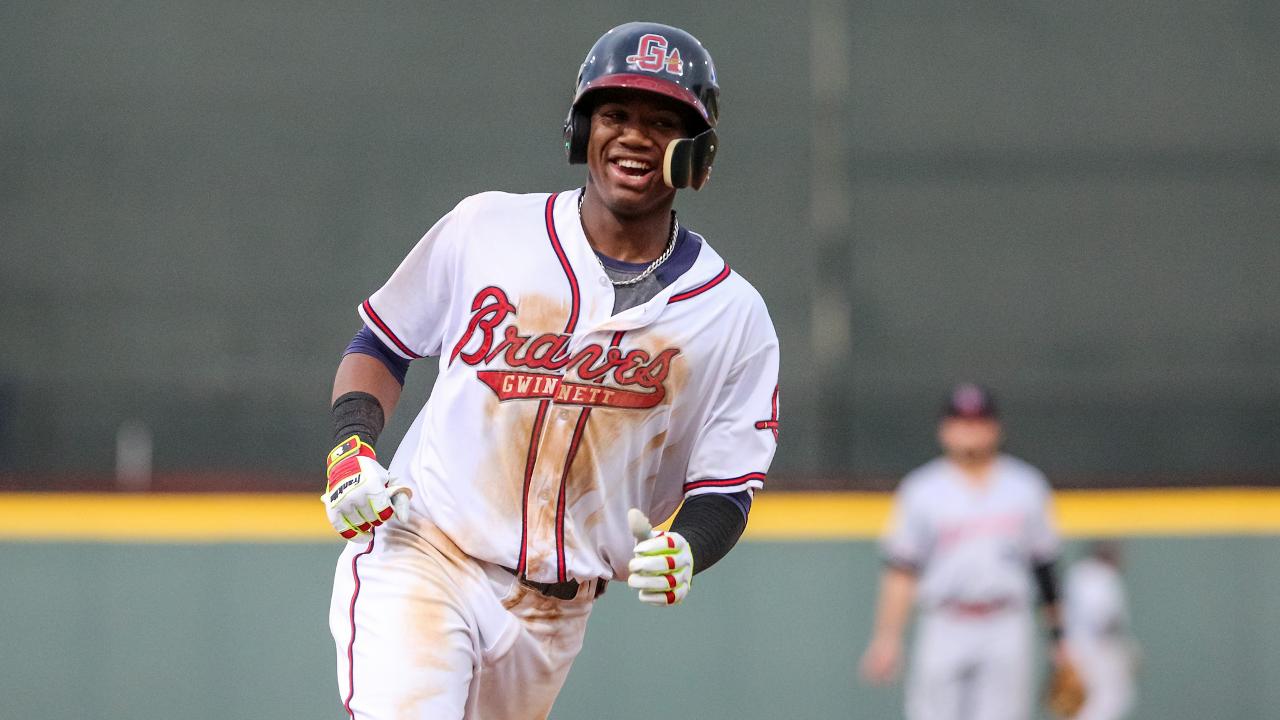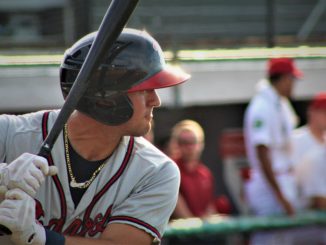An interesting tweet made its way into my timeline recently:
I just received my W2 and I made a whopping $3,712.05 during entire baseball season. I feel bad for the players who have a family and can’t pursue their dream because they can’t afford to take care of their families. People wonder why players have to get a job in the off-season.
— Kaleb Earls (@K_Earls32) January 23, 2018
Kaleb Earls has a point. $3712.05 for a season’s worth of work, even in the independent Frontier League, doesn’t sound like much money, does it? To put that in perspective, that comes out to 512 hours of work at the national minimum wage of $7.25 per hour. Assuming a 40-hour work week for a minimum wage employee, that works out to just under three months of work. As we know, a full minor league season is more than three months long, players are often at the park for more than eight hours per day and off days in the minors are few and far between. Often times, those off days are spent on long bus rides travelling to their next series.
Certainly, minor league players that are with MLB-affiliated teams get paid a lot more, right?
Wrong.

Minor league baseball players do not fall under representation by the MLB Players Association until they are placed on the 40-man roster of an MLB team. Those players will make a minimum of $44,500 in 2018. Until that happens, player contracts are handled by the MLB office. Minor league players are not paid during spring training, and are paid minimum monthly salaries by level as follows:
- Short-season: $1,150/month
- Low-A: $1,300/month
- High-A: $1,500/month
- AA: $1,700/month
- AAA: $2,150/month
Even at the high-end, that means that a minimum AAA player will make around $11,000 for about seven months of work.
Meal money helps beef up that income, though, doesn’t it? Not at $25 a day, it doesn’t. That $25 also doesn’t go very far when clubhouse fees eat up a good portion of that. Clubhouse dues range from an average of $7 per day in Low A ball to as much as $15 per day in AAA, leaving little daily money left over for actual food.
So why don’t teams pay the players more? It’s because they don’t believe they need to do so. MLB believes that minor league players are not subject to the Fair Labor Standards Act (FLSA) by labeling these players “short-term seasonal apprentices”. By doing this, the players are not covered by minimum wage, overtime and other labor market protections. Current and former players have attempted to combat these conditions through the legal system via class-action lawsuits with minimal success.
So what can these woefully underpaid players do about this situation other than pursuing legal options? One option is to create a separate union for minor league players. There are major roadblocks to this avenue, however. With the frequent movement of minor league players and the transient nature of the business, it doesn’t lend to creating a stable leadership structure unless, it was led by a former player or a strong labor leader in the Marvin Miller or Donald Fehr mold. Also, if you’re a current minor league player, would you want to run the risk of getting blackballed from the game before you have the chance to possibly make a very good MLB paycheck? After all, you don’t want to bite the hand that (barely) feeds you.
A second option would be to have minor league players folded into the MLBPA or be operated as an offshoot of it. The MLBPA would most likely not go this route because they have enough issues of their own to deal with. Furthermore, they could see the minor leaguers as an anchor that would cost them leverage in their own negotiations.
Another option, and the most likely scenario, is for MLB to decide that the modest costs of making this situation go away outweigh the continued negative PR.
Modest costs? To double the minimum salaries and meal money for these players, it totals about an extra $1.5 million/year per team. This extra cost certainly doesn’t fix all ills, but it relieves some of the financial concerns from the players. By doing this, they can concentrate more on playing the game, rather than worrying about paying bills. Also, with $50/day meal money, players could eat healthier instead of having to rely on fast food for their diet.
At the end of the day, isn’t a minor league system full of physically and mentally healthier players worth roughly the cost of three MLB players that are playing for the league minimum? What say you? Let me know in the comments or on Twitter.




Leave a Reply